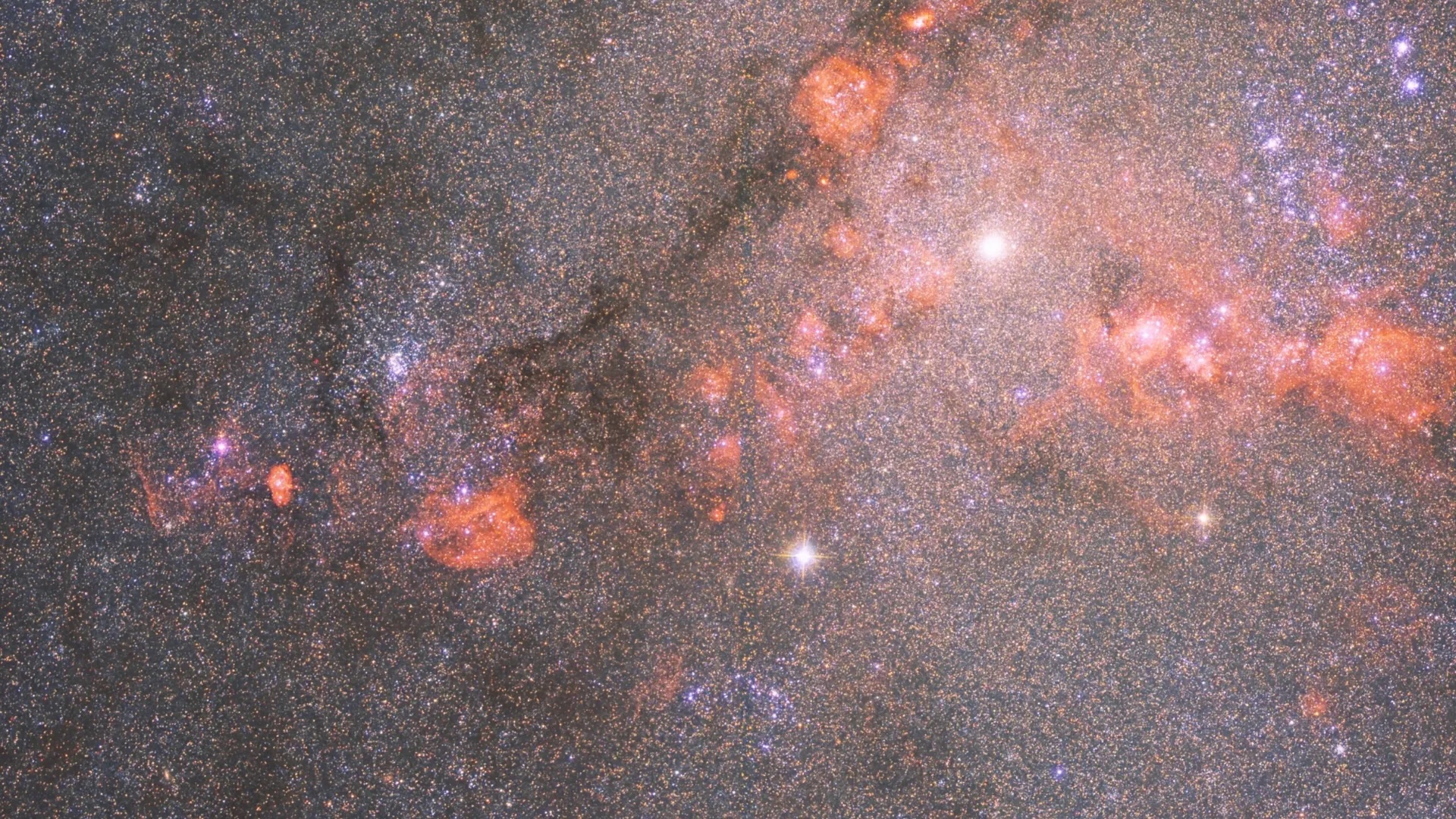Energies, Vol. 17, Pages 2238: Optimal Planning of PV Sources and D-STATCOM Devices with Network Reconfiguration Employing Modified Ant Lion Optimizer
Energies doi: 10.3390/en17102238
Authors: Sujatha B. C. Usha A. Geetha R. S.
This research emphasizes a meta-heuristic modified ant lion optimizer (MALO) optimization approach for the simultaneous utilization of DSTATCOM devices and distributed photovoltaic (PV) sources with network reconfiguration in a radial power distribution scheme. In a radial power distribution network with network reconfiguration, the majority of the research is based on constant power model analysis. However, it is noticed that load models have a substantial impact on the distributed PV sources and the DSTATCOM device’s optimal size and position. The effect of the constant power (CP) and polynomial (ZIP) with load growth load models for the simultaneous insertion of distributed PV sources and DSTATCOM devices with network reconfiguration is examined in this research work for power system planning. The penetration levels of distributed PV sources considered for the investigation are 25%, 50%, 75%, and 100%. The principal objective of this research is to reduce network total power losses, enhance the voltage magnitude profile at all buses, and reduce the overall operating cost while adhering to equality and inequality constraints. The proposed algorithm is verified on 118-node test systems. The investigation is carried out for planning network upgrading to a high-voltage distribution system (HVDS) on 317 nodes in the rural Bangalore Electricity Supply Company Limited (BESCOM) radial distribution scheme. The simulated results obtained with this method are validated with the BAT algorithm and techniques available in the literature. It is observed that in the IEEE 118-bus system, via the simultaneous placement and sizing of PV sources considering a 25% penetration level and DSTATCOM devices during network reconfiguration, the total power loss reduction is 41.47% and 42.98% for the constant power model and ZIP with the load growth model. For the 317-bus system, the total power loss reduction observed for 11 kV is 49.77% and 59.34% for the constant power model and ZIP model with load growth. Similarly, for the 22 kV system, the power loss reduction observed is 51.69% and 55.75% for the constant power model and ZIP with the load growth model.

 4 months ago
30
4 months ago
30

